There are two main forces that emerge in relation to the pandemic and housing. One is the recent rise of the home as a place of work, and the other is a deep emphasis on well-being. These two forces have drastically affected how homes are generally considered in terms of layout and functionality.
Workspaces

Working from home has become a familiar occurrence to many, and despite the relaxing of social interaction protocols, many people continue to work from home. However, this is not as straightforward as it seems, considering your home is a place for family and rest.
You have probably experienced the need to work from home and find yourself missing some of the attributes of a formal workplace. There is the noise, the television, the knocking neighbors, and maybe some energetic children running about.
1. The Need for Home Adjustment

The home does not seem like a suitable working space in the long term. If your job requires you to keep working from home for longer, you probably find yourself making some adjustments to make the experience more acceptable.
You are not alone since many housing experts have recognized and explained the need for appropriate work conditions within homes. Creating a conducive space to work in can save you a lot of struggles in trying to adjust to the transition from a conventional workplace.
2. Creating an Appropriate Workspace

When creating your ideal house design, consider a spare room or space that can serve as a functional home office. This will likely require a desk, a socket, and a door to seal the rest of the house from the space.
One way of ensuring that you have enough space to fit a workspace within your existing design is to organize and declutter your possessions. Proper organization can be the difference between having usable open spaces and curling up on the couch to answer that Zoom call. You can consider innovative storage solutions such as under-stairs drawers, under-bed storage, cubbyholes, and orderly shelving on walls.
3. Temporary Changes to Existing Setups

Another innovative idea to consider in your existing house design is to break rooms, thus allowing your household to multitask within your space. You can use dividers such as separators and folding screens that allow you to skip solid walls. This is a creative and cost-effective solution for turning your home into a distinct and multifunctional space to suit your needs.
You can further adjust your home design by temporarily repurposing some of the spaces. You can use stow-away desks, hidden storage, and folding office furniture to transform existing spaces. The benefit of this is that you can easily put away the work equipment and restore a room to its primary use when the need strikes.
These malleable zones within your house can drastically affect the productivity you achieve within your personal domain. You can associate the feeling of taking out your work equipment with that of being transported to work. The mental image of being at work in the comfort of your home can help you get started with your tasks and maintain significant attention on your work.
4. Add Some Color

A well-designed workspace can result in a happier working day. You can use bold colored wallpaper and tasteful artwork to spruce up your surroundings. Staring at neutral walls for long periods can be dull and boring. Adding color to your home working space can make the experience more involving than taxing.
5. Using Outdoor Elements

You can also bring some of the great outdoors into your working space. Allow more natural light into the room by using sheers instead of blinds, and open the windows when you can to keep a fresh flow of air going. Throw down a colorful rug to lighten up the space and refresh your surroundings.
Bring in some indoor plants to reap the benefits of popping colors and improving the general air quality in your home. There is a wide array of low-maintenance indoor plants, so browse available options to select those that best suit your décor and preferences. An excellent place to start is from cacti, succulents, leafy tropical plants, and trailing/climbing indoor plants.

There are a few tips to remember when using plants in indoor design. Commit to a particular style with a dominant theme that is classy and complements your existing design. Try not to clutter the space with many other redundant objects. Minimalism is a good idea in this dimension since it ensures that items in your space do not necessarily compete for attention.
In these uncertain times, working from home seems to be here to stay. You can design your home in a way that strikes the delicate balance between comfortable and formal, allowing you to mimic the productivity that would otherwise be realized in official workplaces.
Home gyms

The health crisis highlighted the need to protect and enhance both physical and psychological wellness. One way that has been continuously advocated for by health experts is physical exercise. Regular physical activity promotes strong respiratory and cardiovascular health, helping one to ensure general wellness.
Consider a home gym in hour house design plans. You can also design certain spaces that can be redesigned at will to suit the need to work out at home. Ensure you have enough room to perform some physical activity and that there are no nearby walls to impede movement or cause injury.
1. Home gym vs Actual gym

Using a home gym is sometimes preferable to actually going to a gym. This is because when you go to a gym you are faced with certain challenges. These include overcrowding and the subscription costs that can become quite expensive and inconvenient after some time.
Overcrowding is a common occurrence as everyone would want to go to the gym at around the same time. This is because we all operate the same work schedule - 9 to 5 pm. Meaning you will not get enough time with either the instructor or the equipment you need to use.
Monthly gym costs can accumulate after a while and you realize that you have spent a pretty penny especially if there are no affordable gyms near your residence. There are some gyms that require members to commit to long-term membership plans, which may not be practical for everyone.
2. How to make a home gym

You will have to consider that in the beginning, purchasing ready-made gym equipment is costly; heavy, and bulky to move around. You will require suitable transportation and appropriate space in your house. Refer more about creating a home gym here.
You could get an adjustable incline bench that will let you exercise several different body parts. You will also need an adjustable pull-up bar; a barbell; different weight plates; and a yoga mat.
An ideal workout setup does not have to be expensive or complicated. There are loads of YouTube videos on how to maximize free areas, minimal equipment, and use bodyweight for your exercises. Look around and find what suits your preferences and budget as you see fit.
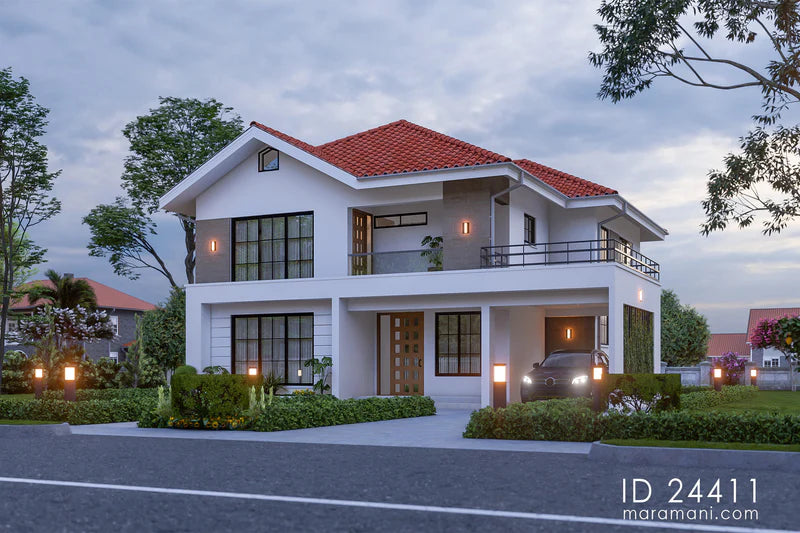
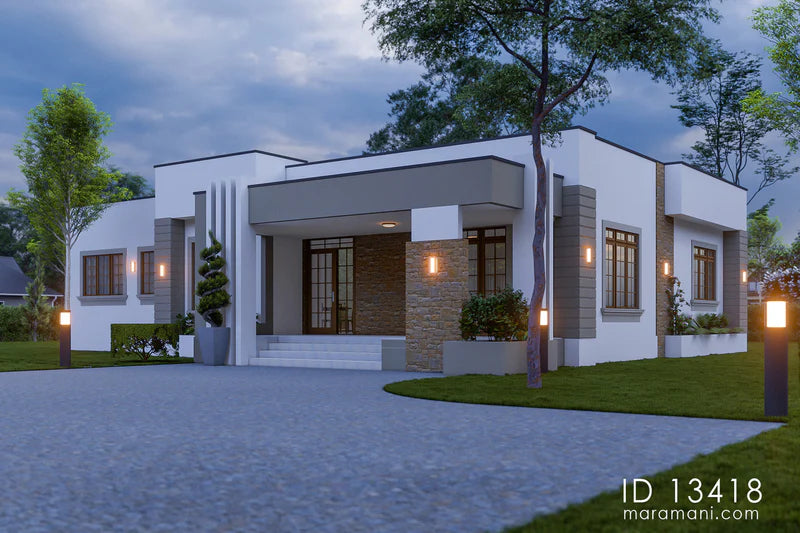
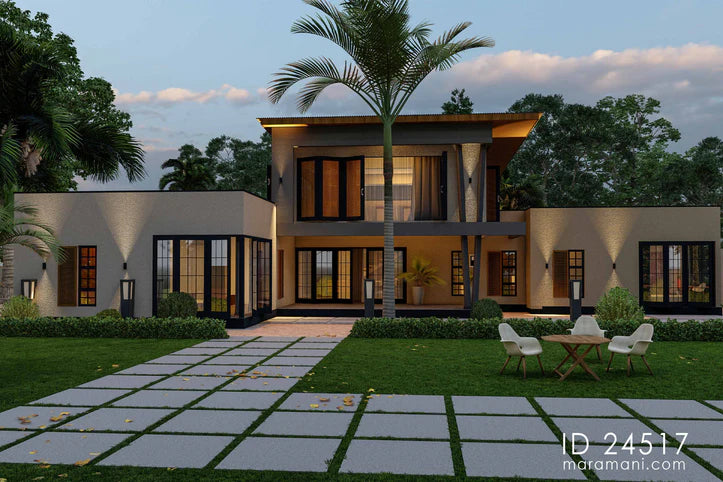
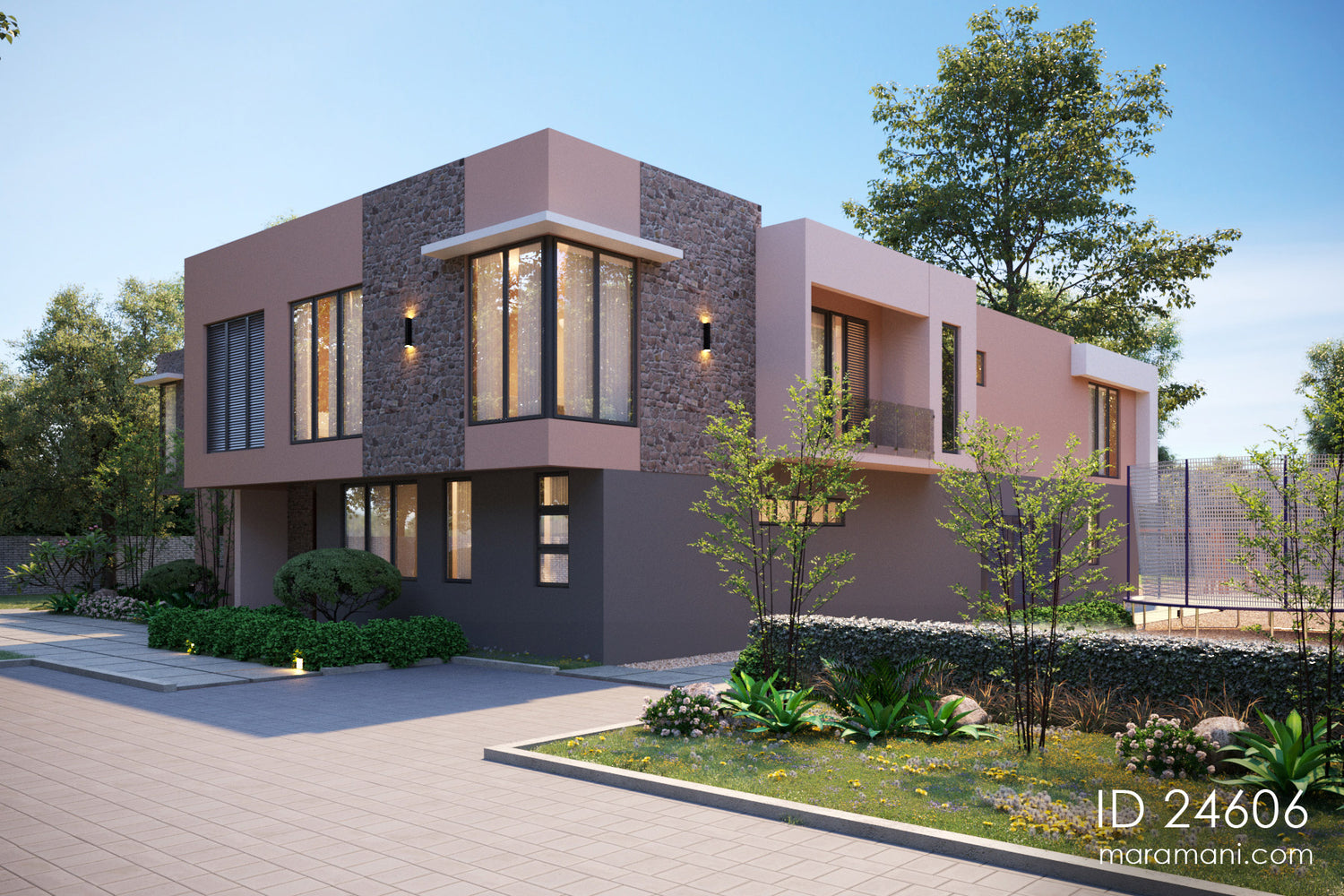
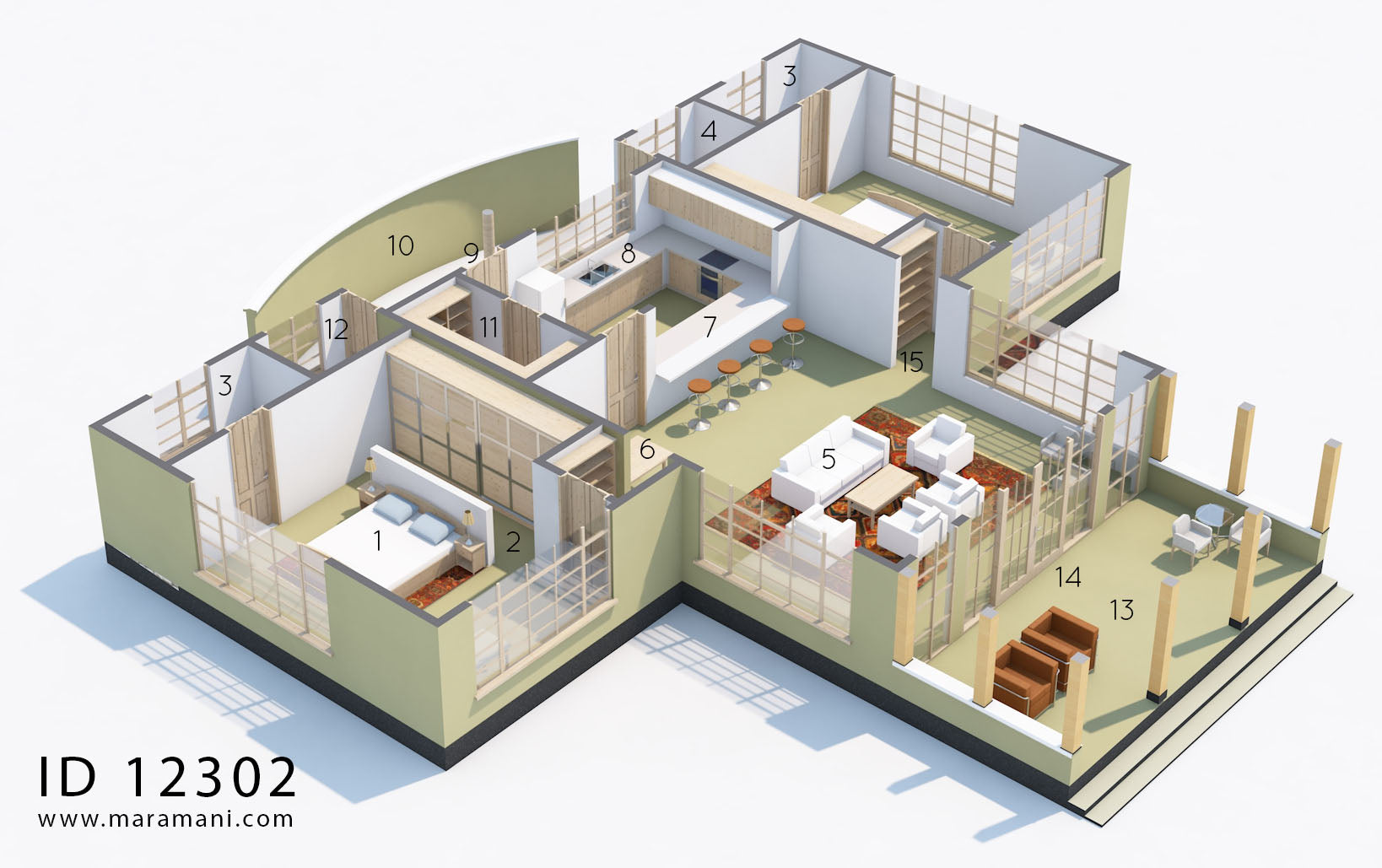
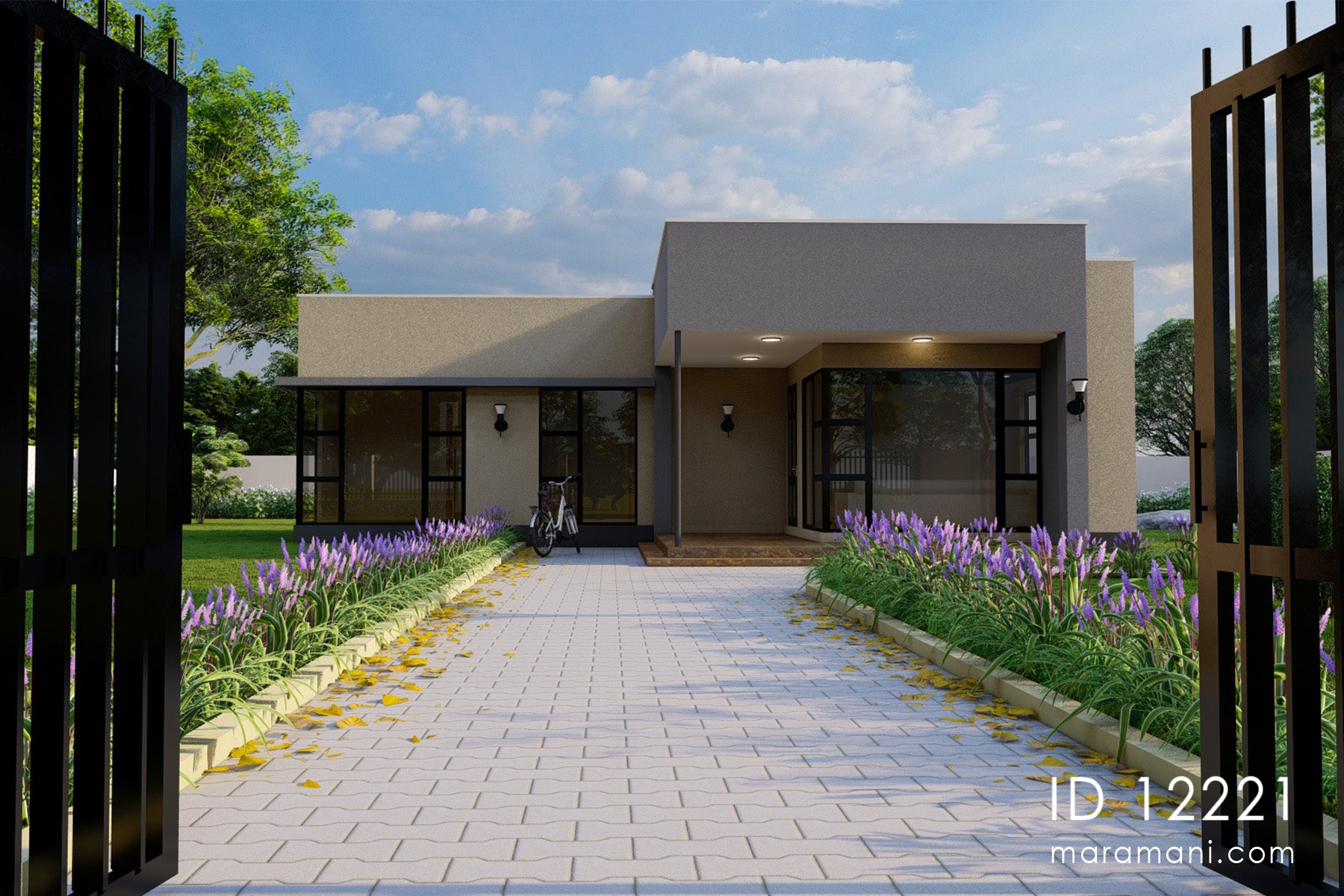
1 comment
enzcjbbypi
Muchas gracias. ?Como puedo iniciar sesion?
Leave a comment
This site is protected by hCaptcha and the hCaptcha Privacy Policy and Terms of Service apply.